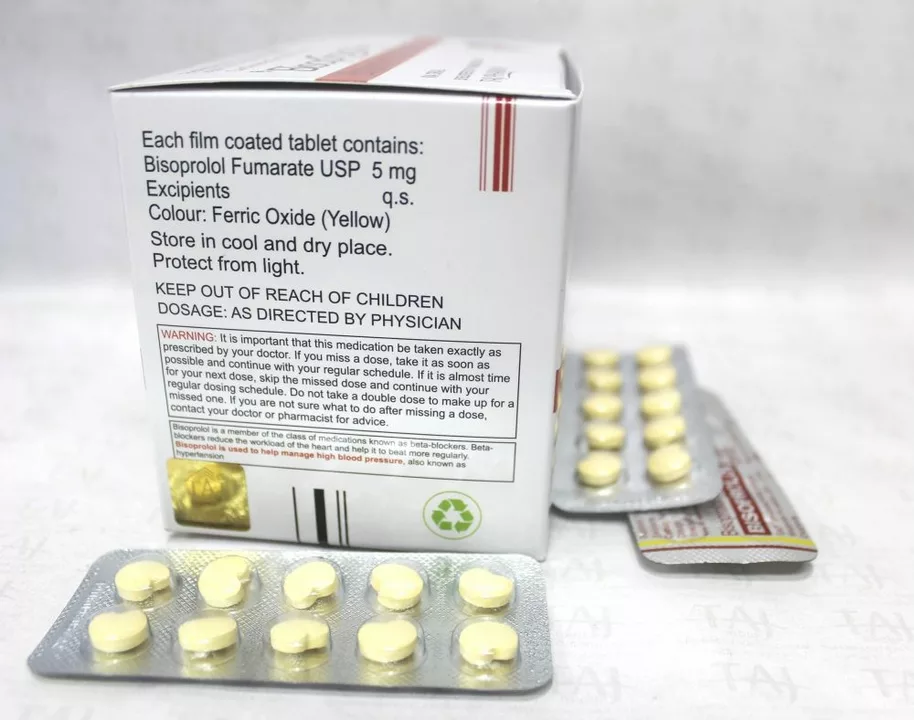In my latest blog post, I discussed the safe process of switching from other beta-blockers to bisoprolol. I highlighted the importance of consulting with a healthcare professional before making any changes to your medication. It's crucial to gradually taper off the current beta-blocker to avoid withdrawal symptoms and monitor any side effects during the transition. I also emphasized the need to start bisoprolol at a low dose and gradually increase it under the guidance of a doctor. It's essential to stay vigilant and communicate any concerns with your healthcare provider to ensure a smooth and safe transition.
How to safely switch medications — practical steps
Switching a medicine? Do it smart. A bad switch can cause side effects, loss of control of your condition, or dangerous interactions. Below are clear steps you can follow so the swap goes smoothly and safely.
Before you switch
Talk to your prescriber. Tell them why you want to change: side effects, cost, lack of effect, or dosing issues. Bring a list of every pill, supplement, and herb you take. Your doctor needs that to check interactions and kidney or liver issues that affect dosing.
Ask about tapering. Some drugs must be stopped slowly to avoid withdrawal or rebound symptoms. Examples include antidepressants, benzodiazepines, and some antipsychotics. If tapering is needed, get a clear schedule in writing.
Check lab needs and monitoring. Your provider may order blood tests or ECGs before or after the switch (for thyroid meds, warfarin, lithium, or drugs that affect heart rhythm). Know when and where to get these tests done.
Practical steps while switching
Compare dosing and timing. If the new drug is stronger or lasts longer, your dosing schedule may change. Start the new med exactly as instructed—don’t guess. If the plan is an overlap (start new before stopping old), follow the exact overlap days to avoid under- or over-treatment.
Verify your supply. Use a trusted pharmacy for the new medicine. If you buy online, confirm the pharmacy is licensed, requires a prescription, shows contact info, and has clear shipping policies. Keep the original packaging and label for reference.
Watch for side effects and keep a log. For the first two weeks, note any new symptoms, changes in mood, sleep, digestion, or energy. If you notice worrying signs—severe rash, chest pain, fainting, suicidal thoughts—seek emergency care.
Plan follow-up. Schedule a check-in with your prescriber within the timeframe they recommend—often 1–4 weeks after the switch. Bring your symptom log, any home measurements (blood pressure, glucose), and questions about dose adjustments.
Special situations need extra care. Pregnant or breastfeeding people, children, older adults, and people with kidney or liver disease need tailored plans. Don’t switch without specialist input if you’re in one of these groups.
If cost or access is the reason to switch, ask about alternatives: generics, patient assistance programs, savings clubs, or pharmacy discount sites. But don’t pick a cheaper alternative without medical approval—efficacy and safety matter.
Keep emergency information handy: a list of current and prior medicines, allergies, and your prescriber’s contact. Share that list with family or caretakers so they can help monitor the change.
Use reminders and tools. Set phone alarms, use a pill organizer, and bring medication lists to every appointment. Avoid alcohol or driving until you know how the new drug affects you. If you buy abroad or online, keep receipts and track batch numbers to report any problems fast, safely.
Switching meds is routine when it’s handled carefully. Use clear instructions, stay connected with your healthcare team, and watch for signs that tell you the change is working—or that you need help.

